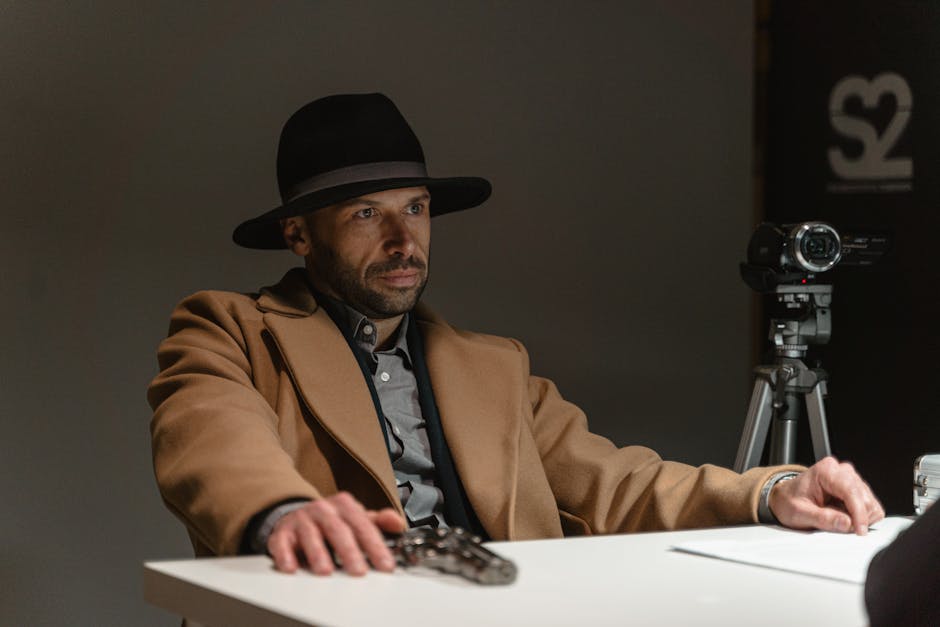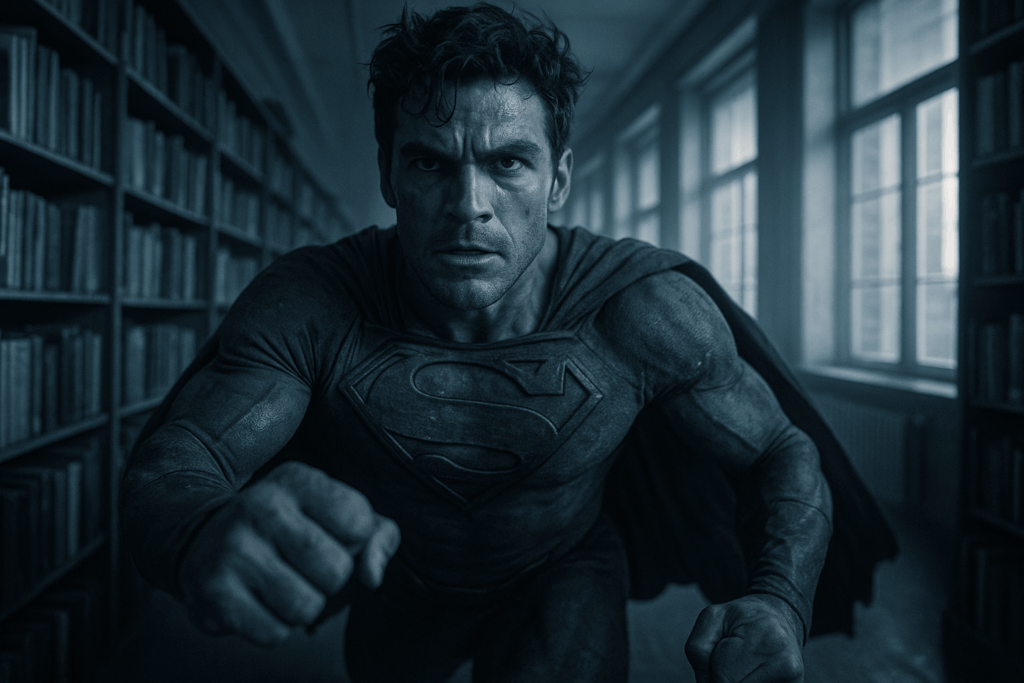Why Classic Films Still Matter
Some stories don’t age. They just keep echoing. Pull out a film like “12 Angry Men” or “The Bicycle Thief” and the bones are still solid—tight plots, raw performances, stripped-down storytelling. These films keep working because they tap into things that don’t go out of style: justice, survival, identity, truth. Not because they’re nostalgic, but because they still hit a nerve.
Modern filmmakers know this. You see shades of classic framing in Nolan. Tarantino borrows rhythm and violence from old-school reels. Gerwig pulls thematic tension straight from mid-century tragedy. Today’s greats are standing on the shoulders of yesterday—not just borrowing, but studying, then rebuilding.
So no, classic doesn’t mean dusty. It means foundational. These films teach pace without tricks, tension without noise. And when a new director gets it right, you can often trace the DNA back to a film shot on grainy stock in a decade you weren’t born in. That’s what makes them classics. They’re not just “still relevant”—they’re still the blueprint.
Core Elements That Define a Classic
The best classic films weren’t built on explosions or high-tech visuals—they thrived on characters. You remember these movies not because of what blew up, but because of who broke down. Stories centered on human conflict, emotional tension, and moral complexity still hold strong decades later because they hit something real. That’s what elevates a film from good to great.
Then there’s the language of cinema itself. Older films pioneered techniques we take for granted now. Think long takes, dramatic lighting, sharp cuts, or silent pauses that did more than dialogue ever could. These decisions weren’t flashy—they were deliberate, and they influenced generations. Whether it was Hitchcock’s suspense editing or Ozu’s low-angle stills, these moves built the cinematic grammar filmmakers now speak fluently.
And let’s talk performances. When you watch Brando in “On the Waterfront” or Hepburn in “The Philadelphia Story,” you’re seeing benchmarks. These weren’t just good actors—they were defining what screen presence could mean. Stripped of digital effects and shot on slower film, these stars had to deliver raw, real performances. They shine because the camera gave them nowhere to hide—and they didn’t need to.
The Evolving Lens of Criticism
Time doesn’t just age a film—it changes how we see it. What once went unnoticed can now feel glaring. Classic films are cultural fossils, shaped by the values, blind spots, and norms of the time they were made. When we revisit them today, we’re not just watching the story—they’re watching us back, asking what’s changed and what hasn’t.
There’s a tension here. Some scenes and character portrayals don’t sit right anymore—and shouldn’t. That doesn’t mean we toss the whole film in the bin. When we watch through today’s lens, we’re doing two things at once: acknowledging the missteps and understanding the context in which those choices were made. That balance matters.
Nostalgia plays its part. It’s tempting to protect the movies that shaped us. But real appreciation means looking with clearer eyes, not rose-tinted ones. A classic film can be flawed and still important. The key is to engage critically, not defensively. That’s how we learn—from the craft, the missteps, and the legacy all at once.
Standout Films That Changed the Game
Certain films didn’t just entertain—they rewired how cinema works. Take “Citizen Kane” (1941). It flipped the timeline, told a story in fragments, and redefined deep focus cinematography. Or “2001: A Space Odyssey” (1968), which pushed visual storytelling beyond words and treated sound as symphony instead of background.
Later, “The Godfather” showed how lighting could become emotional subtext. Dialogue was sparse; silence did a lot of talking. “Jaws” gave the modern blockbuster its teeth by merging suspense with a minimalist score—two notes that changed Hollywood forever.
These weren’t just good films. They set standards. Today’s film schools still teach their techniques—camera angles from Hitchcock, dialogue discipline from Wilder, mood and tone from Kubrick. Storytelling has become tighter, shot design more intentional, because of these breakthrough works.
What’s more, modern vloggers and indie creators are pulling from this playbook. Cinematic techniques that started on the big screen are now being adapted in 16:9 webcam frames. The influence runs deep—and it’s not going anywhere.
Classic Film Consumption in the Digital Age
More Choices, Easier Access
The rise of streaming platforms has transformed the way audiences approach classic cinema. Once limited to archival screenings or physical collections, many classic films are now just a few clicks away.
Key changes driven by streaming:
- Massive libraries from platforms like Criterion Channel, Max (with Turner Classic Movies), and Netflix expanding their classic sections
- Algorithmic recommendations helping old masterpieces find new viewers
- Cross-region availability giving global access to national cinema classics
Restoring for a New Generation
Restoration efforts are not only preserving visually deteriorating reels, but also enhancing the cinematic experience for modern viewers. Advances in digital remastering ensure iconic scenes retain their emotional and visual power.
Impact of restoration technology:
- 4K remasters breathe new life into films that once showed their age
- Sound enhancements recover original scores and dialogue with better clarity
- Expanded color grading reveals depth and detail missed in earlier versions
Discovering Through Documentary
Younger audiences are finding classic films not through direct viewings, but via the powerful lens of documentary storytelling. These explorations provide essential context, highlight cultural impact, and spark curiosity.
Ways documentaries drive interest in classic cinema:
- Biopics and behind-the-scenes looks humanize legendary directors and actors
- Genre deep-dives and retrospectives link past themes with current events
- Academic-style breakdowns help decode symbolism, visuals, and influence
More on this in Documentary Spotlight: Stories That Resonate
Together, these trends ensure that classic films are not only preserved—but also appreciated through fresh perspectives and modern formats.
Final Take: Why Rewatching Matters
The first time you watch a classic film, you’re pulled in by the plot, the performances, maybe the aesthetic. The second or third time, you start to notice how it’s built—the camera angles, the silence between lines, the shadows that weren’t there by accident. Classic films are architectural. They reveal their design in layers, and each revisit uncovers something new you weren’t ready for the last time.
Then there’s hindsight. Cultural trends, current events, and social progress change the way we see things. What critics once praised—or overlooked—hits differently now. A monologue that felt self-indulgent in the ’70s might resonate today as painfully honest. A supporting character dismissed as tokenism might now be seen as a quiet rebellion. We’re not changing the films, but we are changing—so they meet us differently.
These aren’t museum pieces. They’re living reference points. Treating classics like untouchable relics limits their value. Watching them with fresh eyes lets creators, critics, and audiences learn something—not just about history or filmmaking, but about cultural evolution. Rewatching isn’t repetition. It’s re-engagement. And if you let it, it can sharpen your own creative work today.




